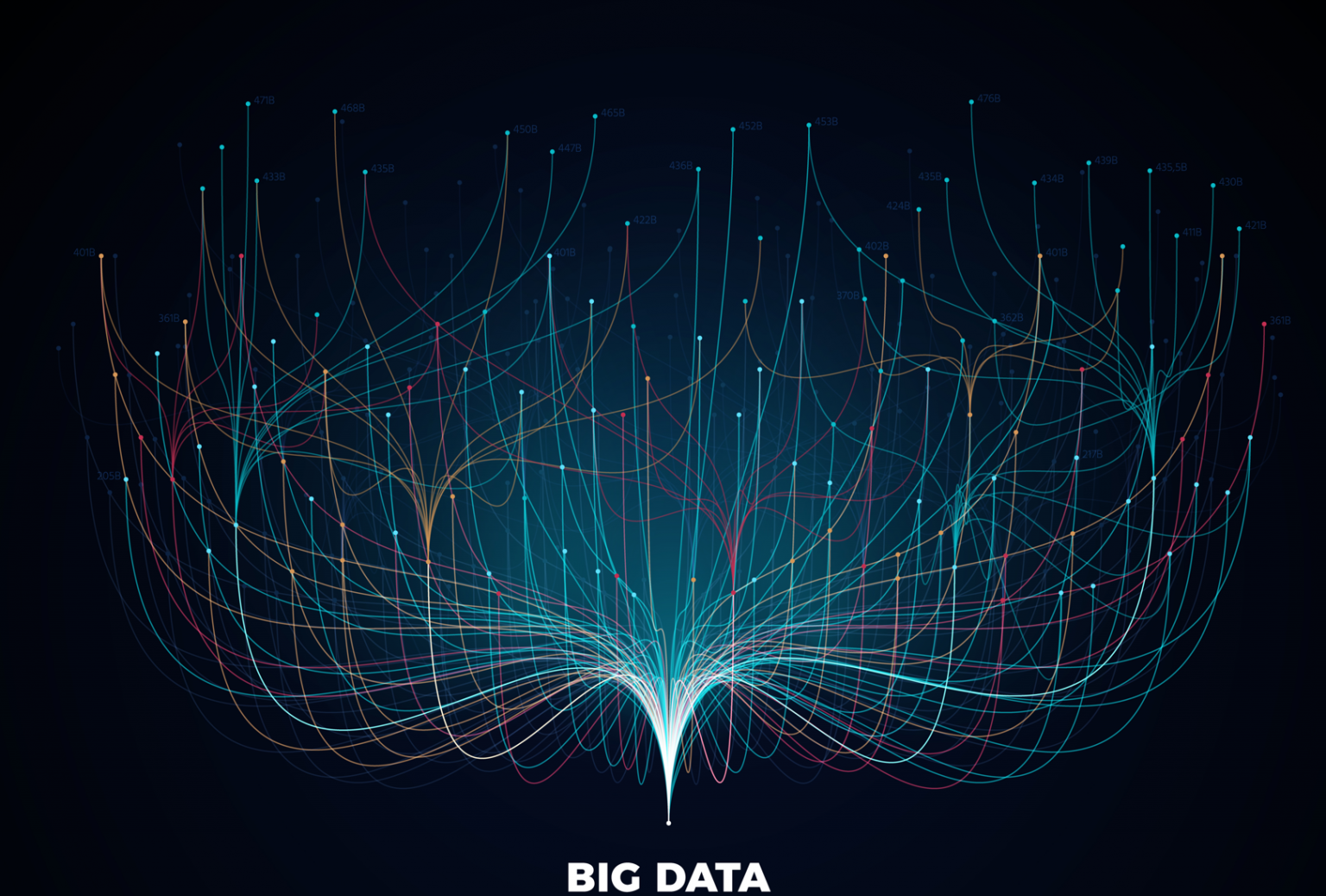One of the most significant technological changes in the past few years has been Big Data’s rise to power. According to Gartner, “Big data is high-volume, -velocity and information that require cost-effective, smart types of information processing for more insight and decision making.” Almost everyone involved with technology or business has heard about Big Data–and many have jumped on the bandwagon.
The big question, however, is how you should handle all this data. One method uses a traditional database management system (RDBMS), such as MySQL or Oracle Database. The other option is Hadoop, an open-source software framework for distributed storage and distributed processing of vast clusters of computers using simple programming models.
Hadoop started in the Apache Nutch project, which was an open-source web search engine written in Java. Doug Cutting and Mike Cafarella created Hadoop to help with building web indexes for Nutch. Today, however, the technology has moved far beyond web search indexing into production data storage and processing of all kinds.
So how does Big Data use Hadoop vs. a traditional RDBMS?
Here are some comparisons – Ease of Use/Difficulty a common argument against Hadoop is its difficulty setting up and managing clusters of computers—it’s not the most accessible program to learn or implement. For MySQL or other RDBMS to set up one server on your network to house your database software. In reality, though, this argument doesn’t hold up when you look at the number of companies that have successfully implemented Hadoop in production environments, such as HDFS.
In terms of real-world work scenarios for Big Data, data scientists routinely choose RDBMS when they want to build complex models and conduct analysis over a large number of variables or if the analysis requires a mix of transactional and analytical processing. They tend to pick Hadoop if they prefer an open-source solution, want better performance with less administration overhead, need low latency access for interactive querying or iterative algorithms (e.g., machine learning), or require enormous file storage Performance When it comes to Big Data, Hadoop promises higher performance. A benchmark test by IBM found that the Apache Hive data warehouse on Hadoop processed queries twice as fast as MySQL running on a Linux server cluster.
HDFS also offers fine-grained security for big data, limiting access to users at the file, directory, or block level. Big Data stored in HDFS tends to be unstructured or semistructured, meaning that it may come from various data sources and formats. This makes it easier to control which files are accessed and updated while enforcing permissions for specific system components, groups of users, or directories. Data Management Data in RDBMS is structured—there’s a table with columns of particular types, rows sorted into logical groups, and constraints limiting what you can do with specific data (e.g., foreign keys).various To know more about database contact RemoteDBA.com
In terms of big data, queries tend to be more ad hoc—when you need information, you ask for it. This makes querying less predictable than with an RDBMS, so Hadoop doesn’t offer Structured Query Language (SQL) support. Instead, the open-source community provides Hive to work around this limitation by transforming your SQL query into MapReduce jobs. Data Structure RDBMS uses tables and rows of structured data as described above. Big Data is stored in HDFS as files made up of blocks—a file consists of one or more blocks, each containing a set of data records. Each block can be different, and the blocks are replicated across multiple servers to ensure data redundancy.
Hadoop Vs traditional database
In general, Hadoop is more flexible regarding how you can format your data file or what you include in the record. When it comes to querying for specific information, Hive builds on top of HDFS so that queries return not raw files. Still, preprocessed aggregations (e.g., sum and count) Processing Power and Architecture Because RDBMS use a centralized architecture, where all power and resources reside in one place (i.e., the server), SQL-based analytics tends to offer low latency —the amount of time between submitting a request and getting back an answer is about two seconds (or less).
By comparison, data analytics with Hadoop takes place across multiple servers distributed within a cluster. This can mean higher latency, the amount of time between submitting your request and getting back the answer, measured in seconds or minutes depending on how large your cluster is.
One way to manage that launch and creation process and still get the benefits of the underlying architecture is Apache Spark, an open-source data processing engine that lets developers build applications faster by working with data more quickly than before. Thanks to its speed and ability to work on Hadoop’s HDFS storage, many see Spark as a breakthrough technology for Big Data.
We currently have several kinds of tools available for data-intensive applications: relational databases and NoSQL databases, each with its tradeoffs. However, there’s a sweet spot between these two paradigms that have recently increased attention: the Big Data space. That is where Hadoop fits in.
Hadoop is an open-source implementation of Google’s MapReduce computing paradigm. For those unaware, MapReduce is a programming model that allows one to process vast amounts of data (multi-terabyte datasets) in parallel on large clusters (thousands of nodes) of commodity hardware in a reliable way fault-tolerant manner. This enables one to problems that are impossible with traditional relational databases running on a single machine.
The two primary abstractions in MapReduce are the JobTracker and the TaskTracker. The former is responsible for scheduling tasks to run on the latter. An exciting property of Hadoop is that it provides fault-tolerance by design — if a TaskTracker fails, another one will take over without user intervention. This makes Hadoop very friendly to developers, who no longer have to deal with complex code for replicating data across multiple nodes, failover detection/recovery, etc., unlike the traditional RDBMS approach. However, despite all these advantages of Big Data systems, some distinct downsides should be taken into account.

